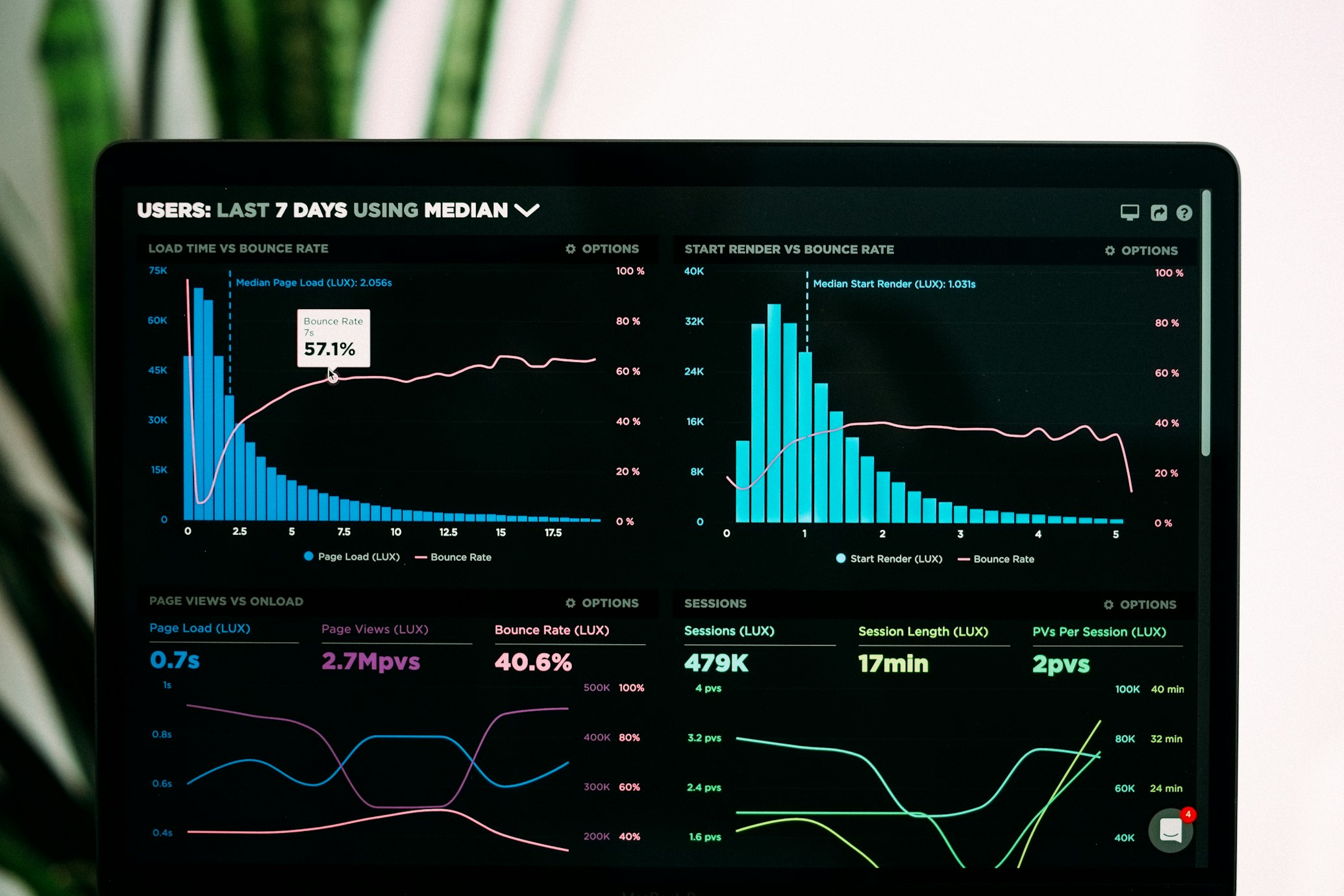
OpenAI Fine-Tuned Image Descriptions
2024-10-24
By Ken, Data Lead
Introduction to Data Analytics: Unlocking Business Insights
In today's data-driven world, businesses that harness the power of data analytics gain a significant competitive advantage. This comprehensive guide will introduce you to the fundamentals of data analytics and its transformative impact on business decision-making.
What is Data Analytics?
Data analytics is the process of examining, cleaning, transforming, and modeling data to discover useful information, draw conclusions, and support decision-making. It encompasses various techniques and approaches, including:
- Descriptive Analytics
- Diagnostic Analytics
- Predictive Analytics
- Prescriptive Analytics
"Data analytics is the compass that guides businesses through the sea of information, pointing them towards success." - John Smith, Data Visionary
The Data Analytics Process
The data analytics process typically involves the following steps:
- Data Collection: Gathering relevant data from various sources
- Data Cleaning: Ensuring data quality and consistency
- Data Analysis: Applying statistical and analytical techniques to extract insights
- Data Visualization: Presenting findings in an easy-to-understand format
- Interpretation: Drawing meaningful conclusions from the analysis
Why Data Analytics Matters
Data analytics has become crucial for businesses across all industries. Here are some key reasons why:
- Informed Decision Making: Data analytics provides insights that help businesses make better, more informed decisions.
- Improved Efficiency: By analyzing processes and workflows, companies can identify areas for improvement and optimization.
- Customer Understanding: Analytics helps businesses understand their customers better, leading to improved products and services.
- Predictive Power: With advanced analytics techniques, businesses can forecast trends and prepare for future challenges.
Real-World Example: Netflix
Netflix, the streaming giant, uses data analytics to:
- Recommend personalized content to users
- Decide which original shows to produce
- Optimize streaming quality based on user behavior and network conditions
This data-driven approach has contributed significantly to Netflix's success in the competitive streaming market.
Key Components of Data Analytics
To implement a successful data analytics strategy, businesses need to focus on the following components:
- Data Infrastructure: Robust systems for data storage and processing
- Analytics Tools: Software and platforms for data analysis and visualization
- Skilled Personnel: Data scientists and analysts who can interpret the data
- Data Governance: Policies and procedures for data management and security
The Future of Data Analytics
As technology continues to evolve, so does the field of data analytics. Some emerging trends include:
- Artificial Intelligence and Machine Learning: Enhancing analytics capabilities with AI-driven insights
- Edge Computing: Processing data closer to the source for faster insights
- Data Democratization: Making data accessible to more employees across organizations
Conclusion
Data analytics is no longer a luxury but a necessity for businesses looking to thrive in the digital age. By embracing data analytics, companies can unlock valuable insights, drive innovation, and stay ahead in today's competitive landscape.
Are you ready to harness the power of data analytics for your business? Contact Data Insights Co. today to learn how we can help you transform your data into actionable insights.
